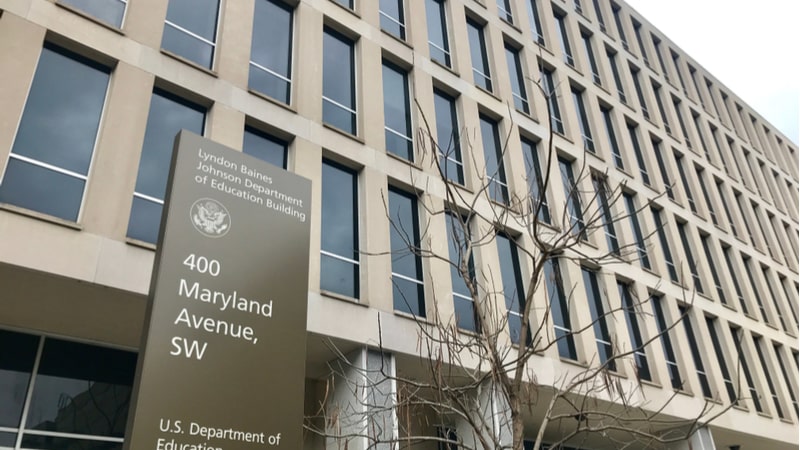
The Government Accountability Office (GAO) is flagging the Department of Education to address data-driven issues the agency has tracking student loan borrowers’ payments and to do more to ensure all eligible borrowers receive loan forgiveness when they are entitled to it.
Borrowers have in place income-driven repayment (IDR) plans that base monthly payments on the borrower’s income and family size, along with extending repayment periods. However, GAO found that thousands of borrowers that are in repayment plans that could be eligible for loan forgiveness now.

“Education’s repayment data do not provide enough information to definitively determine why these loans – totaling about $49 million in outstanding debt – had not been forgiven as of September 1, 2020,” said GAO in a new report. “Education officials said data limitations make it difficult to track some qualifying payments and older loans are at higher risk for payment tracking errors.”
According to GAO, IDR plans have lower monthly payment amounts and extend repayment to 20 or 25 years of qualifying payments. After that period, borrowers become eligible for forgiveness of remaining loan balances without needing to apply for that forgiveness.
Further, Education Department officials said that data limitations make it difficult to track some qualifying payments and older loans carry a higher risk to have payment tracking errors.
“Until Education takes steps to address such errors, some borrowers may not receive the IDR forgiveness they are entitled. This risk will increase as Education data show loans potentially eligible for IDR forgiveness will climb to about 1.5 million loans by 2030,” wrote GAO.
GAO made five recommendations for the Education Department, and the agency agreed to all of them. The recommendations call for:
- Developing and implementing procedures to identify loans at higher risk of having payment tracking errors for IDR loan forgiveness, and taking steps to ensure those borrowers receive timely forgiveness;
- Ensuring additional IDR forgiveness rules and requirements are included in key communications to borrowers enrolled in IDR plans;
- Ensuring IDR borrowers are regularly notified about the option to request their counts of qualifying payments toward IDR forgiveness;
- Developing and implementing procedures for verifying counts of qualifying payments toward IDR forgiveness when borrowers request them so any inaccuracies can be corrected;
- Having Federal Student Aid ensure regular updates on counts of qualifying payments toward IDR forgiveness are provided to borrowers who didn’t have loans services by Education’s original loan servicer for the Direct Loan program.
